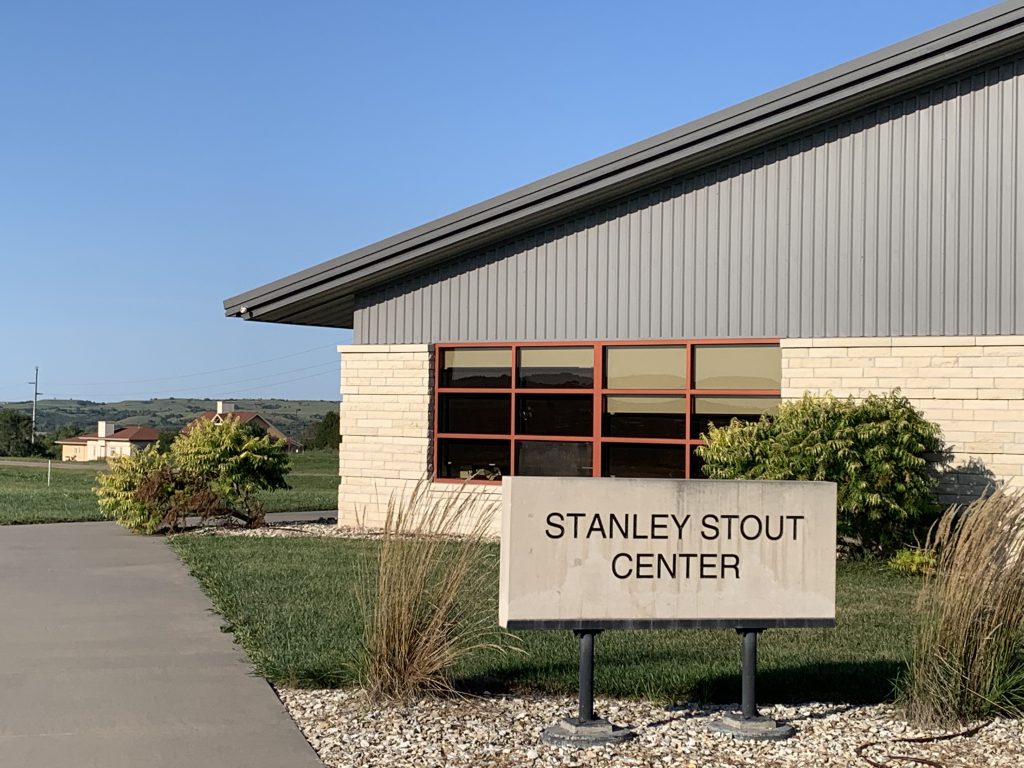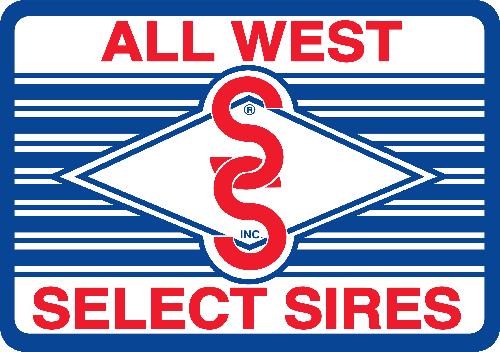
Kansas State University Purebred Beef Unit annually runs nearly 300 breeding-age purebred Angus, Hereford, and Simmental cows on 4,000 acres of native bluestem grass. Their mission is to provide undergraduate students with practical experience in breeding, feeding, management, and marketing of purebred seedstock as well as give livestock selection and general animal science courses the opportunity to evaluate quality cattle.
Each year hundreds of students utilize cattle raised at this unit. The herd also provides an opportunity to demonstrate breeding programs for genetic improvement of seedstock, using tools like genomics, artificial insemination, embryo transfer, and ultrasound carcass evaluation. Applied research trials are conducted using cattle produced in this herd, such as synchronized artificial insemination, feed additive research, residual feed intake, and DNA marker research.
Cattle are also employed for teaching purposes in classes such as Livestock Sales Management, Pregnancy Diagnosis, Bovine Calving, and used for competition in the annual Little American Royal. A portion of the cattle that are produced in this herd are merchandized in the annual Legacy Bull and Female Sale held the first Friday in March. This sale is unique to the nation because it is engineered entirely by students to give them hands-on, practical experience in purebred cattle marketing.
Kansas State has a long history of using live animals in teaching students how to care for, breed, and market animals. In fact, the first structure on what is the current campus was a large barn to house livestock which had been provided for by the legislature of 1872. This was followed by several different barns and sheds that housed horses, dairy cattle, beef cattle, hogs, sheep, and poultry. Produce from the purebred beef cattle herds were housed in a commodious stone structure which was located just north of where Weber Hall now stands. August 28, 1955, the barn caught fire and burned to the ground. The legislature appropriated funds immediately for a replacement structure. A site off Kimball Avenue was chosen because it was on top of the hill, which would allow for excellent air movement and circulation, and the adjoining pens would have excellent drainage preventing their becoming “loblollies” during wet weather.
A new barn was completed in 1962 and was used for the maintenance of class work animals until 2017. Some of the offspring of the purebred beef herd have been fitted, shown, and sold. It is fair to say that many state and national champions went through the barn. There were rooms for students to live and work at the barn. In addition, other students provide hourly labor in caring for the cattle.

 .
. .
. .
. .
. .
. .
.